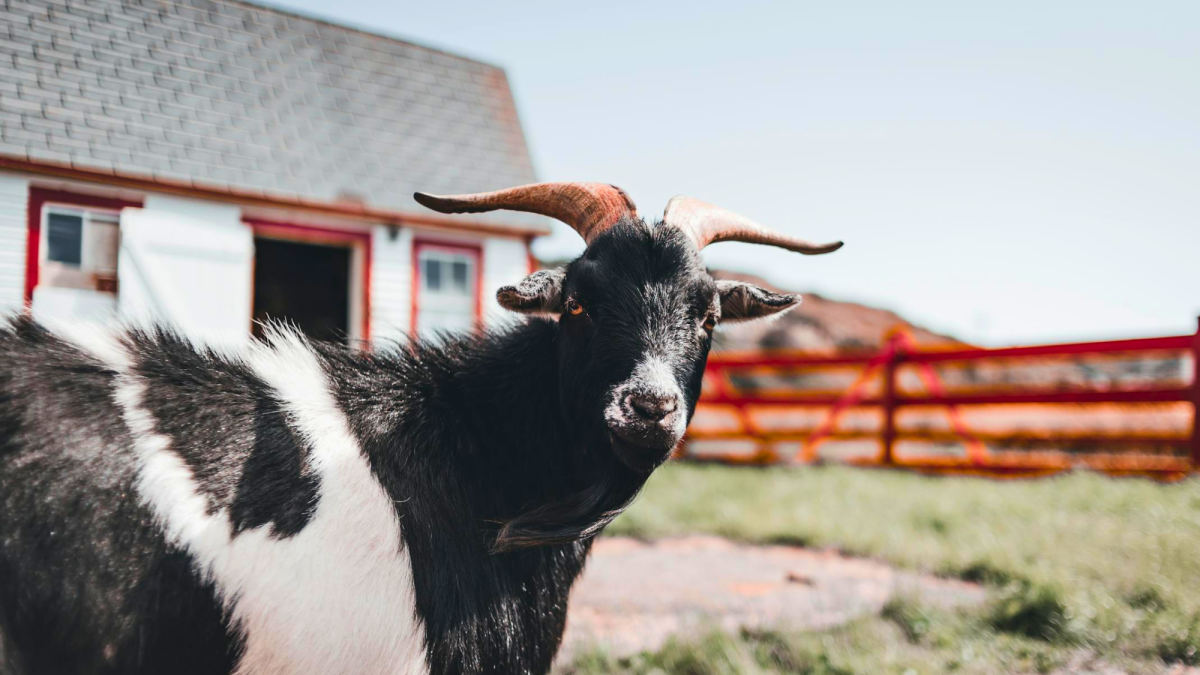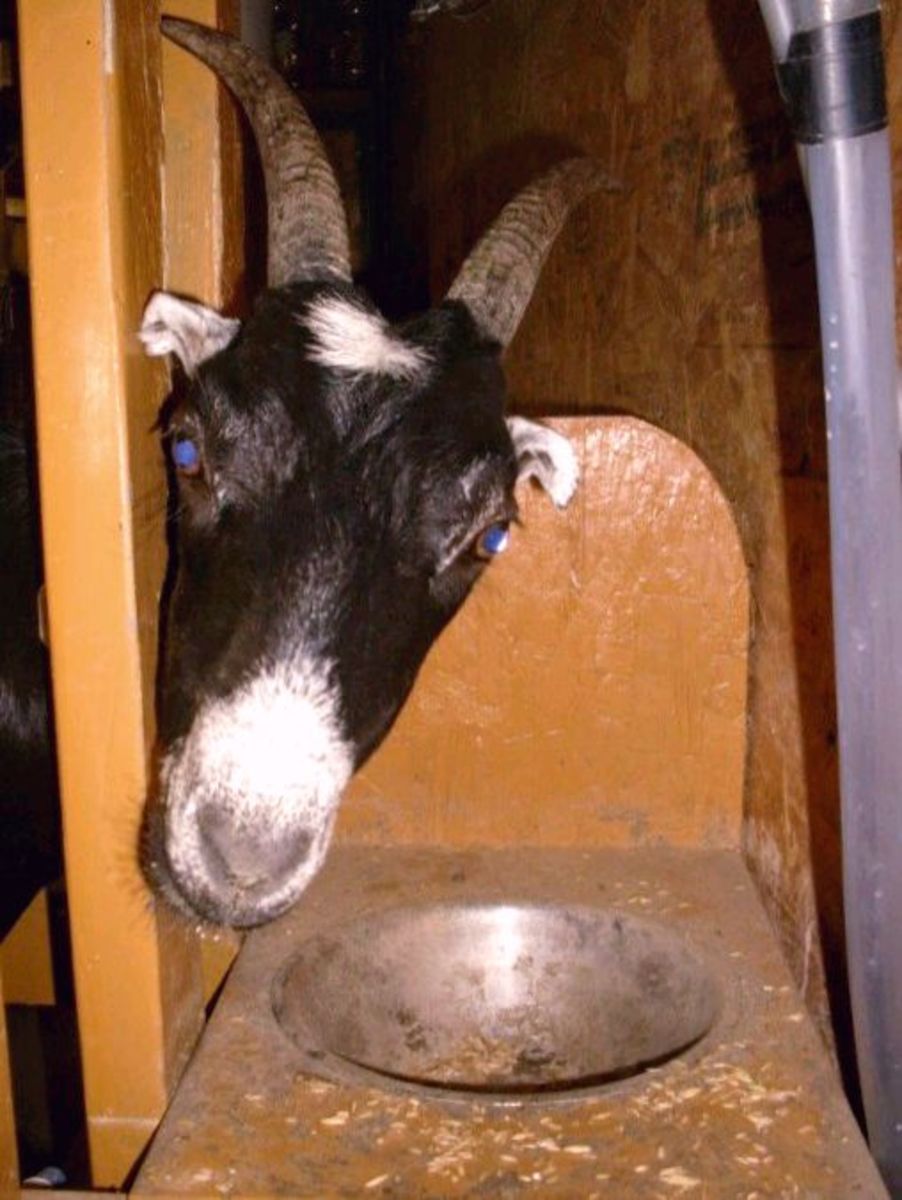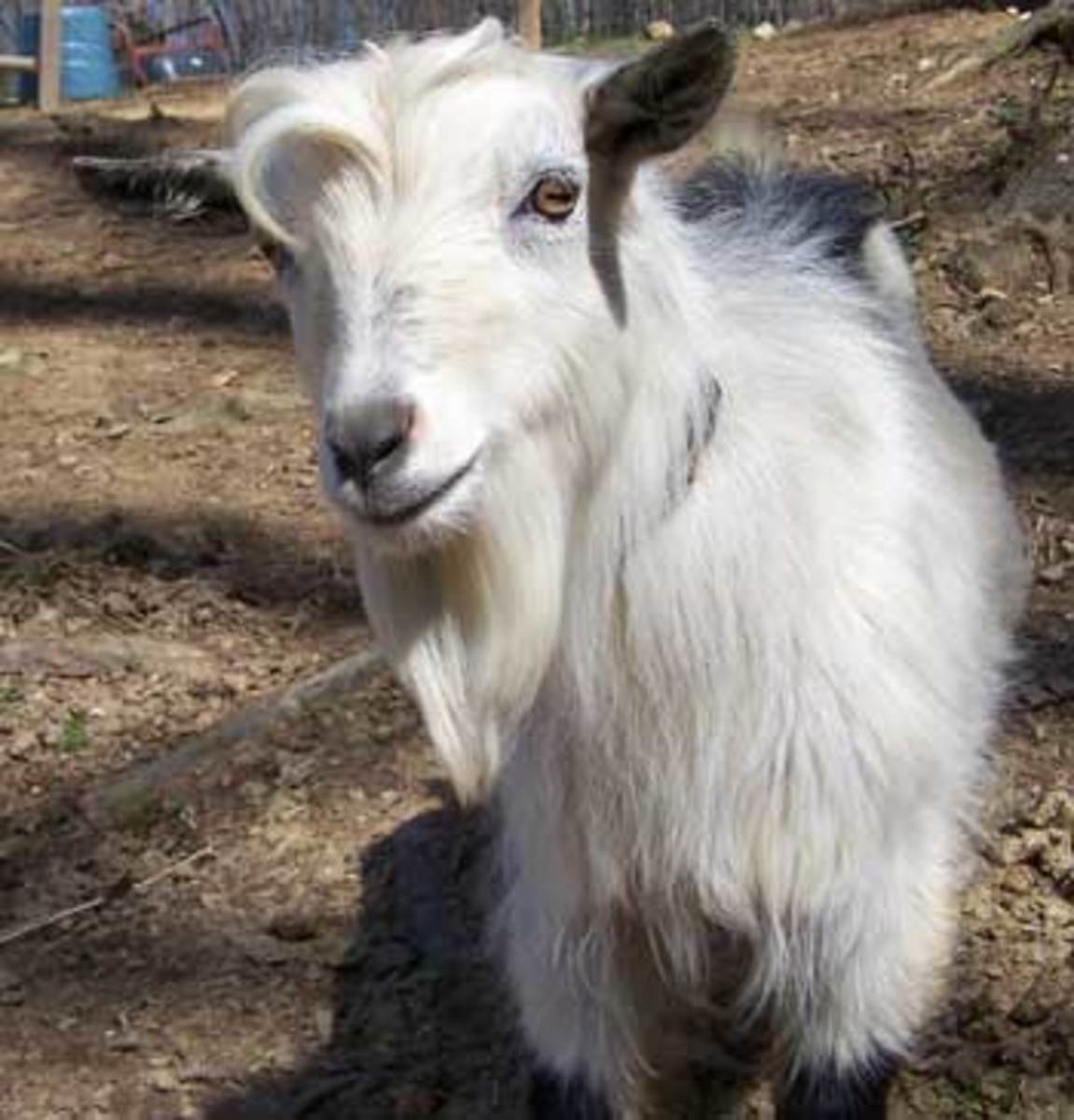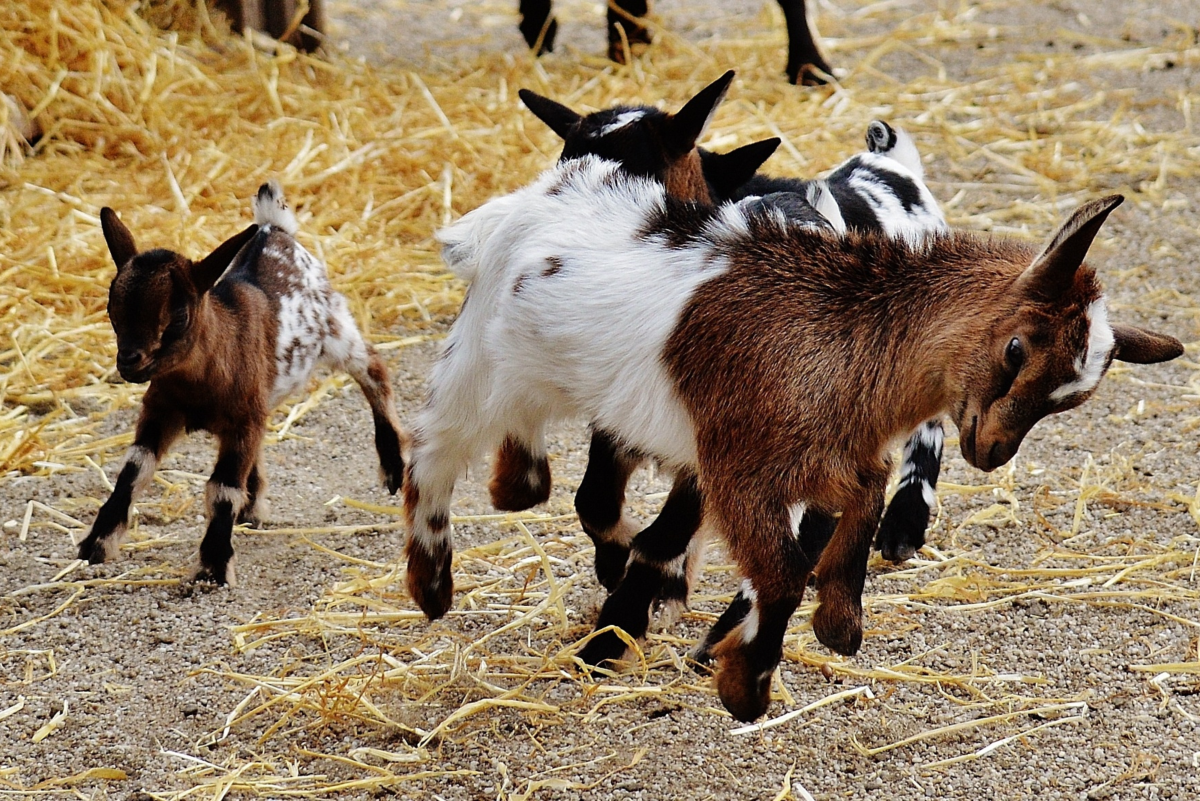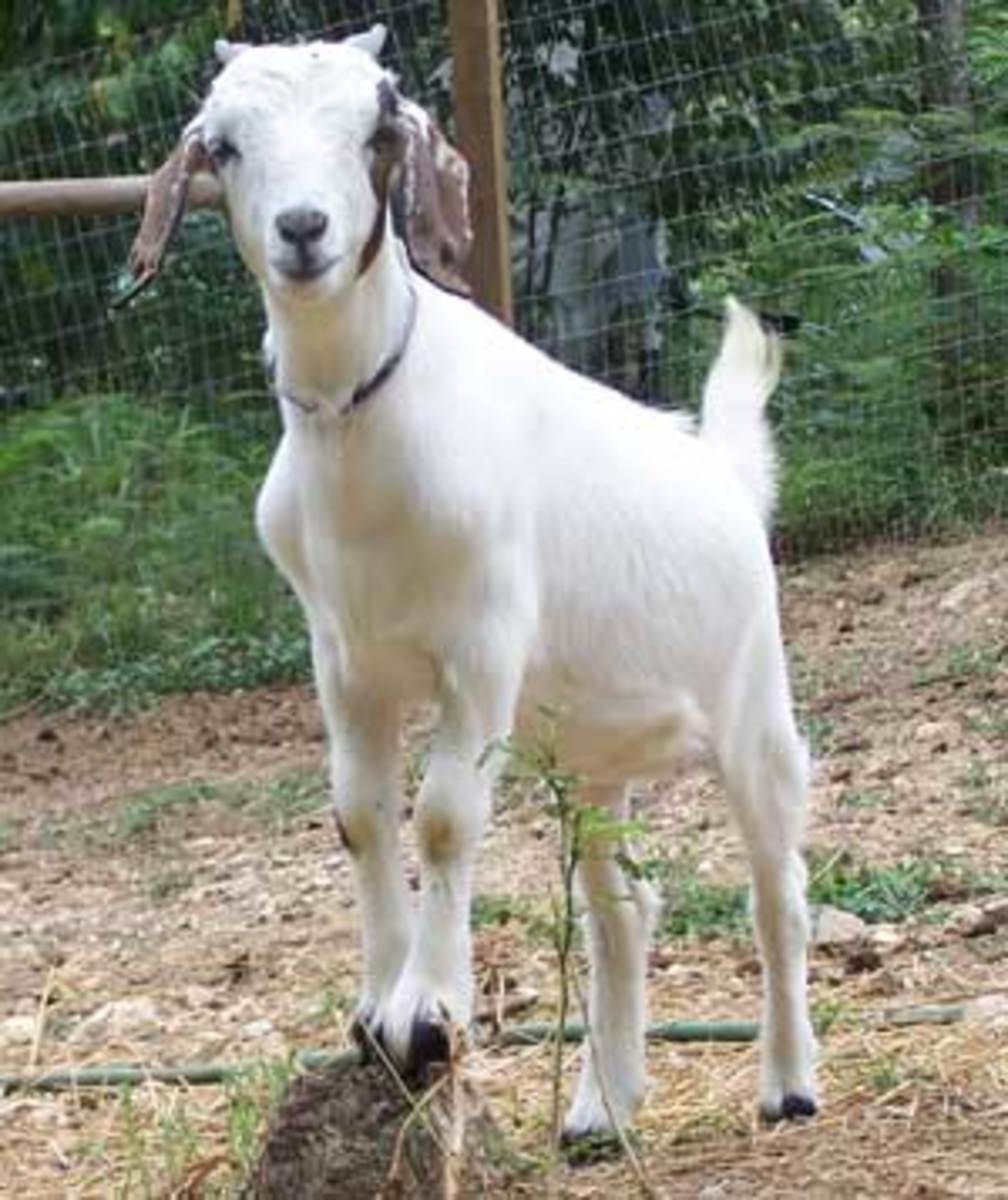CAE in Goats: Prevention and Care
CAE: Symptoms
CAE or Caprine Arthritis Encephalitis has three ways in which it is diagnosed. Firstly, in arthritic conditions which affect the joints of the legs, causing both pain and swelling. In many cases the arthritis is so severe to cause constant laying down to ease the pain. Secondly, it manifests itself as mastitis. This is the mammary form of CAE. Don't be alarmed if your doe's udder is hard and tight before or after kidding as this is normal. However, if after 2 or 3 days of nursing her kid/kid's the engorgement hasn't softened you have reason to be concerned. It could only be mastitis for which you need to treat with antibiotics but if after treatment for mastitis it still persists then testing for CAE should be done. Thirdly, it affects the nervous system, causing a goat to lose its balance among other things. The nervous system manifestation is the worst symptom of the three listed and keeps the goat from being able to live a happy, healthy life. I have not yet dealt with the nervous system manifestation but on the other two I can give adequate and informative advice on the treatment, prevention, and daily care of goats with this disease.
Bottle-feeding A Must
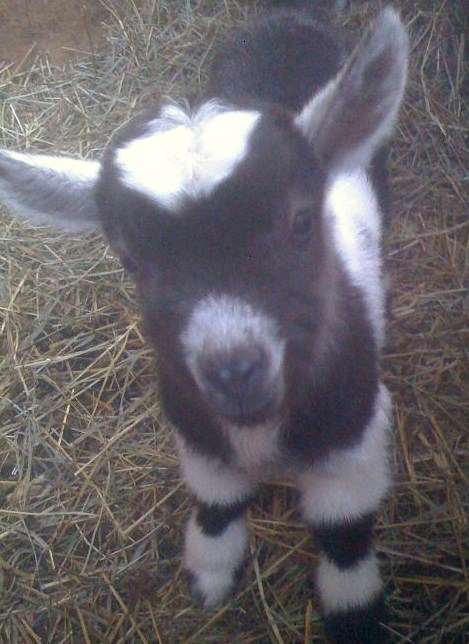
Testing, Prevention, and Daily Care
CAE: Testing How To's
If you are concerned your goat has CAE and would like to find out for sure I recommend going to www.biotracking.com and ordering a test tube and instructions on how to draw the blood.A goat must be at least 6 months old to be tested. I have used this method on several occasions and I am happy with the quality and service I received. The blood must be drawn from the jugular vein in the goats neck with a needle and syringe and then emptied into a test tube with a rubber lid. If you are unable to do this yourself you may want to call your veterinarian to have him/her to do it. Never ever use the same needle and syringe on multiple goats as it will give you inaccurate test results. You must use a different needle and syringe for every goat you test and then dispose of them. To dispose of dirty needles properly you need to keep them in a metal or plastic container with a tight lid. When your container is full you then cover the container with duct tape and contact your local health department on proper disposal for you area.
Testing Inhibition %'s and What It Means
When your testing comes back you will see an inhibition percentage. Anything over 30% inhibition is considered positive for the CAE disease. If you have a goat that's inhibition is, for example, 12% then you do not need to worry. This means that the goat has come in contact with the disease at some point and its immune system has fought it off. It would be wise to continue testing on these goats every year to be sure the inhibition does not go up. On rare occasions these goats will test positive at later years as their immune system decreases.
You Can Raise Healthy Kids From CAE Positive Doe's
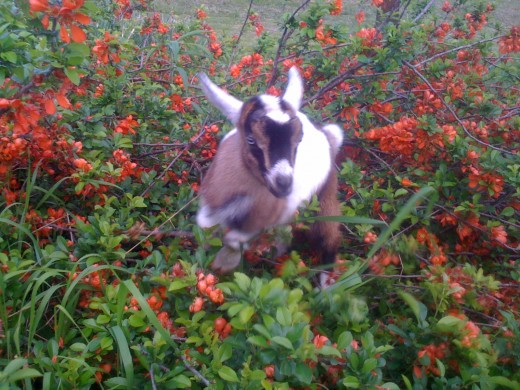
Would you keep a goat with CAE?
CAE: Prevention
Prevention of the spread of CAE is a must for any farmer or homesteader that owns a goat with this disease. There has been many conflicting ideas and information on how CAE is spread. Texas A&M University had done a 20 year study of CAE in goats to come to the conclusion that it is spread only through the mother goat's milk and through blood and not from bodily secretions. 80% of CAE is passed in the colostrum, which is why it is vital that the offspring of a diseased goat is immediately taken away from the doe at birth. Kids must then be bottle-fed until they are weaned. Generally the kids do well and do not contract the disease, however there are cases where the kid swallows blood at birth and they do contract it. In the latter case the kid/kids rarely live past 4 months of age. Steps to prevention are these:
1. Separate any doe with CAE prior to kidding so other goats are not near birthing blood.
2. Remove kid/kids at birth before nursing.
3. Do not under any circumstance use the same needle and syringe on multiple goats.
4. Keep milk from CAE doe's away from all other goats and milking supplies.
5. If in a milking herd always milk your CAE doe's last and/or have someone else milk only the CAE doe using separate milking equipment.
6. Sterilize milking equipment after every use. The CAE disease is killed at the temperature of 135 degrees F.
7. If you have a CAE positive goat that has been injured and bleeding, separate the goat from the herd immediately.
8. Any areas in contact with the blood from a CAE goat should be bleached and cleaned thoroughly before the next use.
Following these steps you can keep goats that are both CAE positive and negative together without the spread of the disease. I have done so for 5 years with no new positives in my herd.
Percentages
Inhibitions:
0%-29% Negative for CAE
30% and up, Positive for CAE
Spreading:
80% through colostrum
15% through after colostrum milk
Blood
Useful Links
http://www.biotracking.com/
CAE testing laboratory and supplies
This video will give you a sense of how to accomplish a successful blood draw. In this video it is said that you need 6 cc of blood to make sure you have enough. However, if you check biotracking's website they require only 2cc to be able to test.

